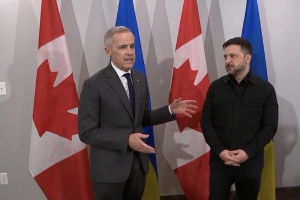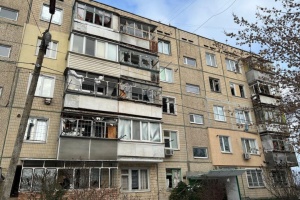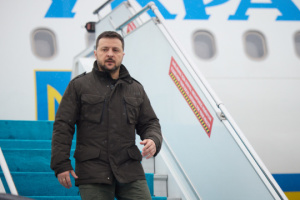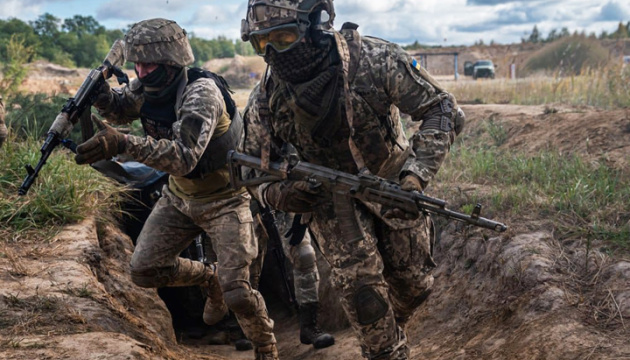
2024: the key geopolitical and technological mysteries of the most complex year
It is hardly an exaggeration that the year 2024 brings a number of new challenges, riddles, and paradigms. And most likely, the year 2024 will turn out to be more difficult and turbulent for the modern world, and it will be more perilous, hazardous and exhausting for Ukraine. The year 2024 makes new demands -- both in global geopolitics and directly on the battlefield.
Much sought after are not just new solutions but swift and synchronous, multi-level work of planetary leaders in many areas. A series of bloody wars has already broken out, in which the atrocities of the Russians in Ukraine were repeated and cloned.
There is no doubt that the war in Israel and the pre-war situation in the Balkans are Putin's new fronts, which the Kremlin is trying to "open" against the West, assisted by political forces and terrorist organizations concerned.
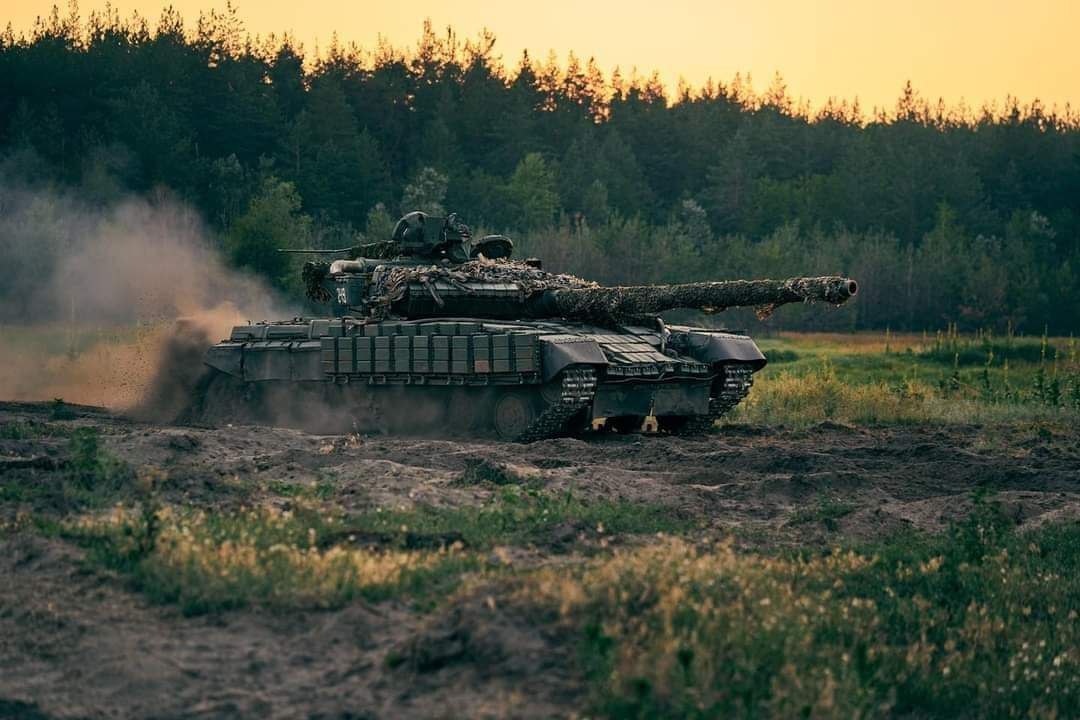
The likelihood of escalation of the war into a full-scale worldwide disaster has sharply increased. And this probability does not fall within the Middle East alone. It may involve, for instance, Azerbaijan-Armenia, North-South Korea. Generally, any new world war or the escalation of existing ones falls within the zone of interests of the Putin regime, as it mitigates his responsibility, dilutes and partially absorbs the general destructive policy of the Kremlin, creates extraordinary conditions for the whole world and, accordingly, new conditions for the destroyer of the international security system.
ON THE WAY TO THE FORMATION OF A NEW MODEL OF THE WORLD
The radical reformatting of the world is indeed a big, perhaps the biggest enigma of the future, and Ukraine, surprisingly, is in its pivot.
The European countries rushed into revising their attitude not only to Putin, but also to his de facto patron from the PRC. In September 2023, German Foreign Minister Annalena Berbock called Xi Jinping a dictator live on Fox News: “If Putin wins this war, what kind of sign will that be for other dictators in the world, like Xi, the president of China? Ukraine must win this war." It seems this is not the first time that the word "victory" has sounded so clearly from the lips of a high-level European official. In October 2023, the State Department also issued the "Integrated Strategy for the Development of Ukraine", which officially states that the US wants to help Ukraine achieve victory in the war, and also to hold Russia accountable for crimes in Ukraine.
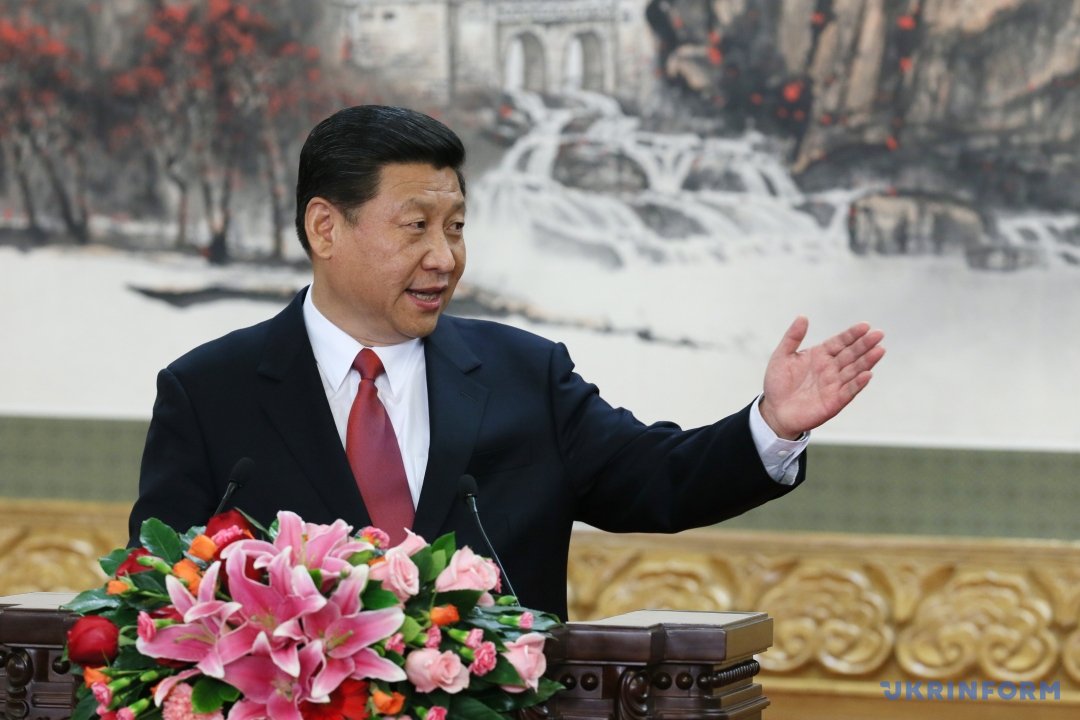
Another very important change in 2023 was the significant increase in Ukraine's own production of weapons, mainly missiles and various types of drones. The possibilities of further build-up of combat capabilities and the participation of partner countries in this process through the military-technical cooperation becomes a new fundamental opportunity for the Ukrainian nation.
These events had taken place against the background of certain military achievements of Ukraine. In early October, Moscow announced its plans to build a naval base on the Black Sea coast of occupied Georgian Abkhazia. It looked symptomatic and was a sign of a reaction to the impossibility of the Russian Black Sea Fleet staying in Sevastopol, and the simultaneous intention to strengthen its positions in the Caucasus due to the loss of control over Armenia and the prospect of new challenges in the region. But the main thing in the history of the redeployment of ships of the Black Sea Fleet of the Russian Federation from Sevastopol is the actual admission of the lack of an opportunity to ensure the safety of the fleet on the Crimean Peninsula. In other words, in the fall of 2023, Russia started losing control over Crimea.
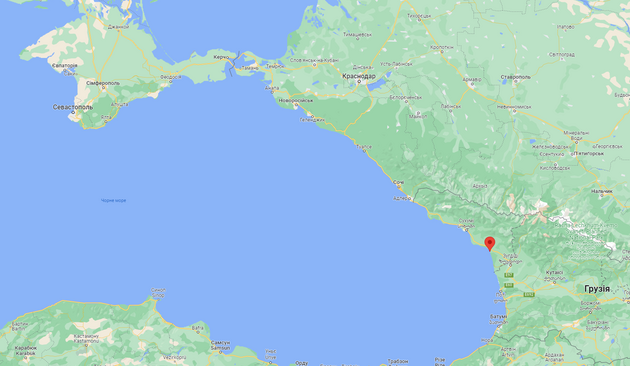
A DISTRESS SIGNAL FROM MOSCOW, OR HAVE RUSSIAN PROSPECTS CHANGED IN 2024?
If there is a view that the Russian fascist regime has got exhausted, then this is definitely an erroneous impression. Russia was predicted to drop oil production by 30%, GDP by 15%, imports by up to 50%. But none of these predictions came true. Exports of the Russian Federation in 2022 did not decrease, but increased by 20%, reaching 591 billion dollars -- a record figure for the entire history of the country. Components for the production of weapons, including microchips, got into the country without restrictions in 2023 through Turkey, China, Kyrgyzstan, Kazakhstan, Armenia, and Uzbekistan. Western countries bought platinum, nickel, copper, aluminum, diamonds, and some steel products from the Russian Federation allowing the country to earn at least 20 billion dollars annually. The Russian Federation increased exports of liquefied gas from 14.22 billion cubic meters in 2021 to 19.2 billion in 2022. The Russian Federation could buy everything necessary for the production of weapons, even from the USA.
Thus, the machines of the American corporation NSH got into the Russian Federation. In a promotional video, the Russians unobtrusively demonstrated that they produced dangerous Lancet kamikaze drones using lathes from Japan and South Korea.
And the German SPINNER machines used for the implementation of the program on raising the production of high-explosive projectiles for tanks got to the Russian Federation through Turkey. The unfortunate picture with sanctions is complemented by a generally deplorable fact: in September 2023, it turned out that the new Iranian kamikaze drones used by the Russian Federation for attacking Ukrainian cities (more than 600 such attacks were carried out in three summer months) have European components.
Such state of affairs allowed the Kremlin to plan a huge rise in military spending in 2024. The draft budget in September 2023 envisaged the allocation of an unprecedented amount for the maintenance of the invading army and the production of weapons -- as much as 10.8 trillion rubles, or 112 billion dollars (by the same token, almost twice as much as the 2023 expenditure of 6.4 trillion). Analysts took the notice of the fact that for the first time in history, defense spending on war became the largest item of the budget.

The Kremlin also uses the advantage of the fact that the aid to Ukraine in October was suspended due to the internal political crisis in the US, caused by disagreement over the amount of aid to be approved.
In this context, the attack on Israel became a joint asymmetric weapon of Russia and Iran against the West (against the background of the growing influence of China and the participation of the DPRK as a member of the bloc and at least a supplier of weapons to the terrorist regime). On the whole, it is significant that the Russian terrorist tactics were demonstrated by Hamas militants during the attack on Israel: mass killings of civilians, unarmed people for the purpose of intimidation, taking hostages, including children, destruction of civilian infrastructure have become the hallmarks of modern warfare, along with the widespread use of simple, cheap means of preparation and conduct of war -- paragliders, motorcycles, civilian drones for dropping ammunition. In addition, experts noted that none of Hamas's allies, with the exception of Russia, has experience using bomber drones against modern battle tanks. Conclusions came in sight to the effect that only the Russians could teach this strategy to the militants. Of course, this fact is not easy to be proven, but the assumption is worthy of attention as it fully corresponds to the handwriting and the spirit of waging war by the servants of the Kremlin. We cannot fail to be conscious of the fact that the implementation of an extremely complex military operation by a terrorist organization, involving air, sea and land hostilities, also gives rise to the conclusion that players of another level had taken part in the preparation and provision of the attack with weapons. And a careful study of the connections will immediately lead to the understanding that the "ears" visible behind the scenes belong to Moscow and Tehran.
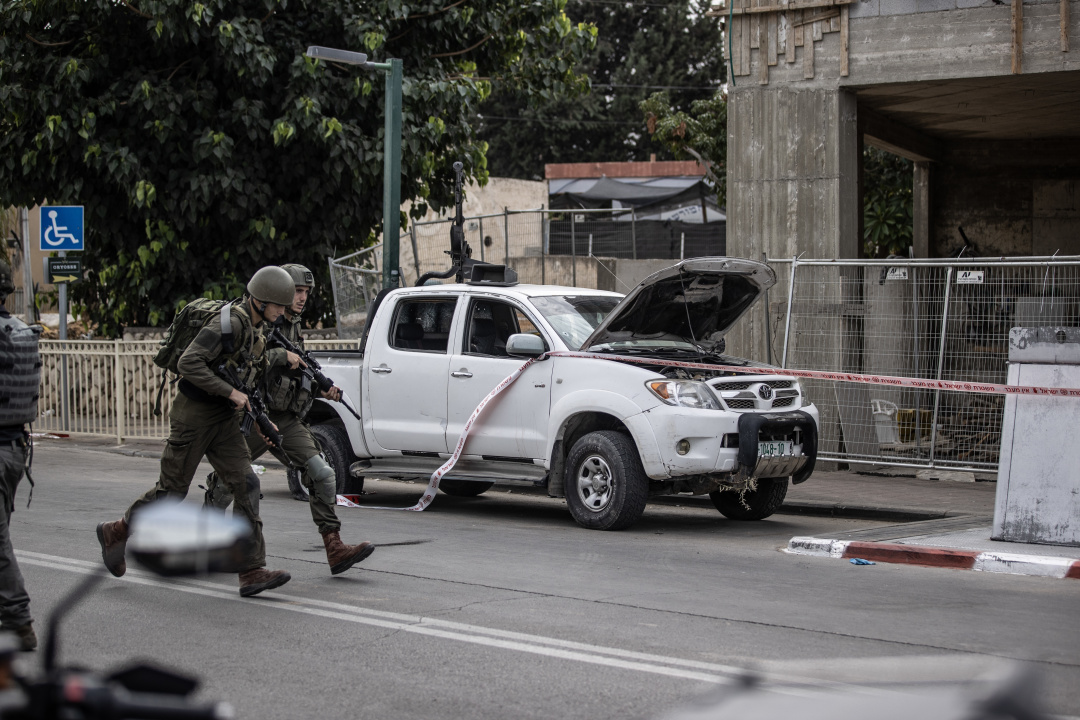
In September 2023, information came into prominence that reconnaissance-and-assault brigades are being formed in the Russian Armed Forces, designed to storm fortifications and conduct reconnaissance in the enemy's immediate rear. The new brigades are established taking into account the experience of Russia's war against Ukraine, and they will be part of the armies and corps1. Thus, Moscow expects to seize the offensive initiative in 2024, as was the case in early 2023 after choosing the city of Bakhmut to attack.
And yet, despite almost colossal, almost unlimited resources, Russia is still exhausted by the war against Ukraine. The Russian elite did not plan a long war, and the war also became a powerful challenge. That is why the Kremlin is forced to turn to rogue countries for weapons and political support.
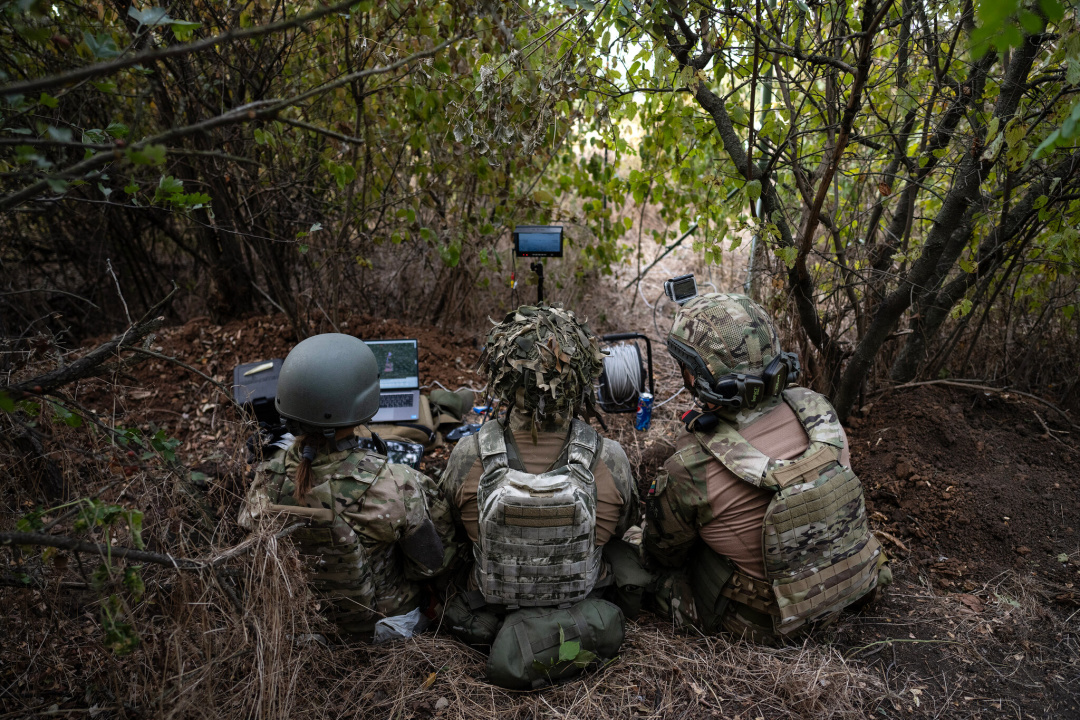
THE UKRAINIAN ARMY AS THE BASIC ARGUMENT
Regrettably, despite the activities initiated by the Ukrainian authorities to increase domestic production of weapons and ammunition, the Defense Forces in 2023 remained completely dependent on external support. Western restrictions on Ukraine's offensive capabilities greatly contributed to the protraction of the European war: they gave Russia time to prepare large defensive fortifications, continue quite effective fighting in the trenches, and continuously replenish losses. In addition, the enemy continually attempted to find vulnerable spots of the Ukrainian Armed Forces in order to launch a series of counterattacks and seize the initiative. Avdiyivka became such a difficult node in October, where the groupings of the Russian forces tried to carry out an operational encirclement of Ukrainian troops.
However, the successful leveling of the strategic reserves of the Russian Federation introduced in the fall of 2023, and even better, the ability to multiply the 18th and 25th armies by zero, would allow the
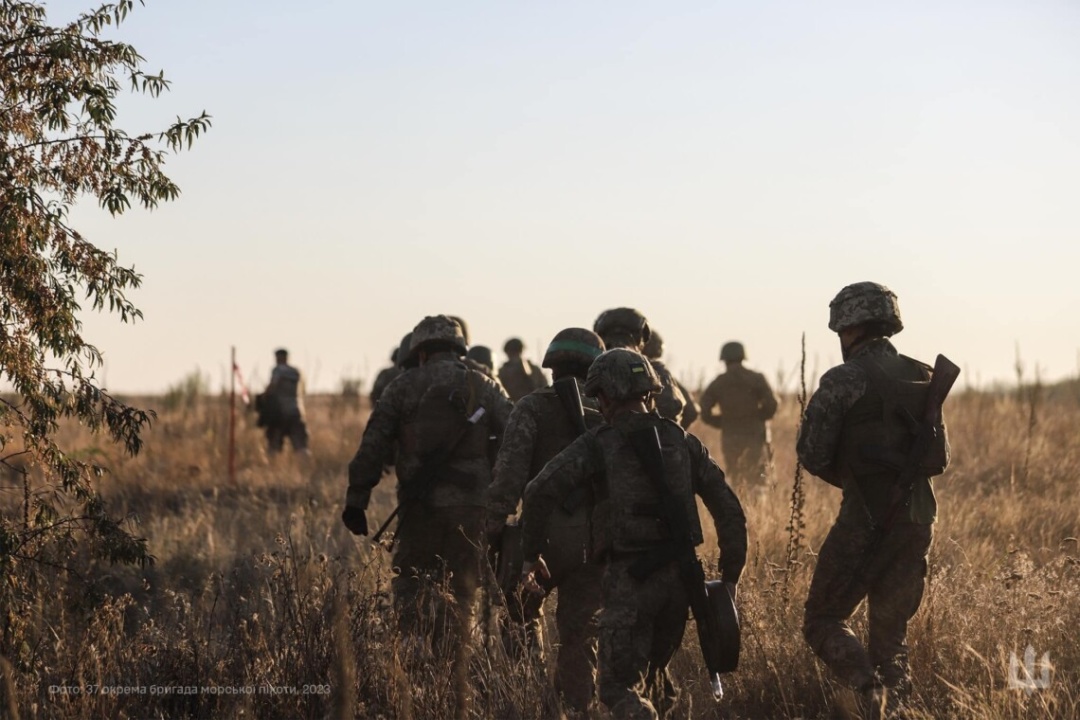
Forces not only to consolidate success and develop the initiative, but to ensure a significant increase in military capabilities in 2024 -- against the background of the final demoralization of the enemy groups present in the occupied territories.
The regrettable shortcomings of the Defense Forces of Ukraine in the fall of 2023 included the insufficient range of weapons to isolate the occupied Crimean Peninsula and the insufficient power of kamikaze drones to attack large-scale enemy facilities on the territory of the Russian Federation, like production lines of drones, missiles and guided bombs.
Significant successes were displayed in 2023 by missile developers and manufacturers, as in October, Ukraine began testing missiles with a range of 1,000 km. During the large-scale war, a certain leap was made in the field of development and production of naval drones, in the same October, the developers showed the Morok strike drone with a warhead weight of 30 kilograms and a range of 800 kilometers. In a year, the production of drones increased 100 times, which is an indicator of progress in this area. In the fall, some reasons came in sight to talk about certain achievements in military-technical cooperation: the Ukrainian military can receive new Turkish Akinci unmanned combat aerial vehicle, capable of carrying cruise missiles with a range of 250 kilometers. This issue is "already in the process".
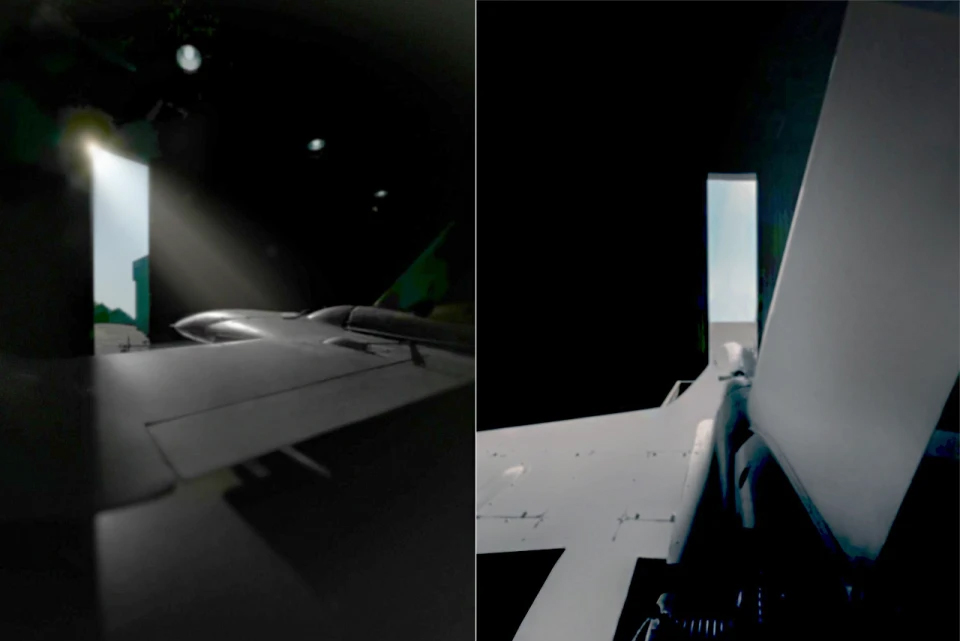
In addition, Antonov State Enterprise and the French company Turgis & Gaillard signed an agreement on the production at the Ukrainian company's facilities of the latest Aarok MALE6 combat drone. This unmanned aerial vehicle is capable of carrying 1.5 tons of weapons. These systems may become the "first swallows" that will be harbingers of the appearance of very powerful modern weapons in the Defense Forces.
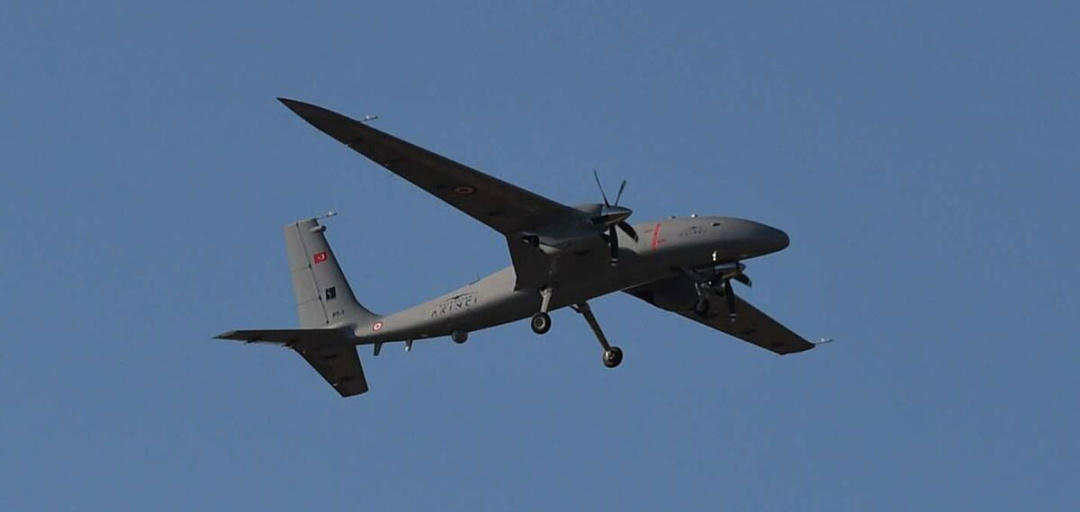
WHAT WILL THE YEAR 2024 BRING IN?
The first and foremost of the riddles, undoubtedly, concerns the level and quality of comprehensive assistance from the West. It is the level of military-technical assistance to Ukraine that will determine the real capabilities of the State Defense Forces in 2024.
The issue of increasing or decreasing military-technical assistance to Ukraine has several different aspects. The key one is geopolitical. On the one hand, the fantastic investment in Ukraine since the beginning of the large-scale invasion, Ukraine's ability to contain and weaken nuclear Russia (and partly in this way to contain China) made supporting Ukraine an attractive and promising business for the West. Will the war in Israel contribute to increasing aid to Ukraine as a true ally of the US and NATO, will it improve the quality of support, i.e. increase the level of supplies of not only aircraft, but also missiles, operational-strategic level drones and fire support helicopters?

Analysis of all baseline data and possibilities may indicate that, even under the worst-case scenario, by April 2024, Ukraine can count on at least the current level of aid or a similar one, with a slight downward trend. Among other things, combat aircraft with modern air armament will begin arriving in Ukraine. It is also possible to predict that Ukraine will be fully supplied with ammunition and air defense equipment.
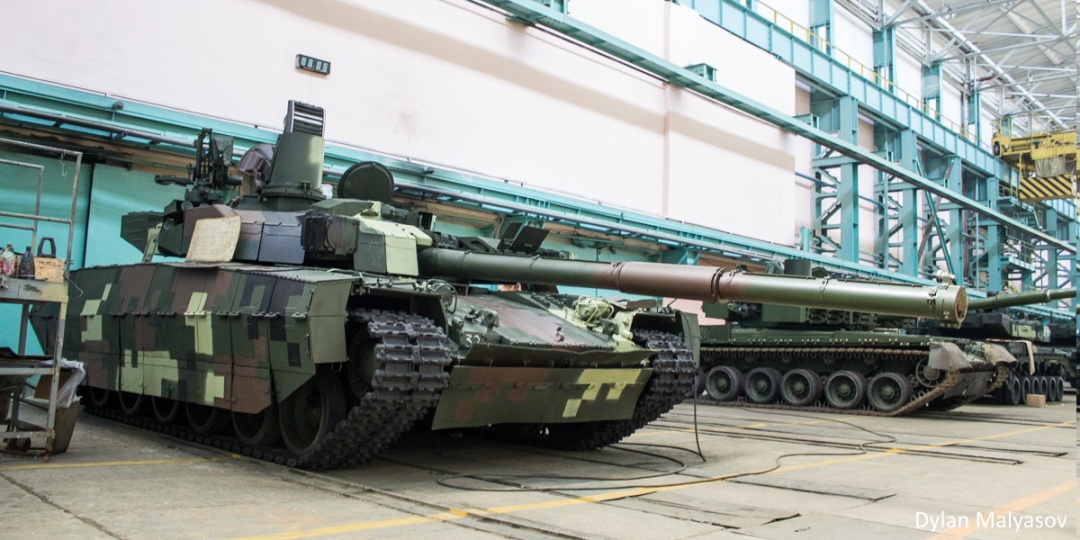
In order to provide the Armed Forces with weapons coming not from foreign aid but to supply them in a single-handed way, Ukraine has to solve another riddle.
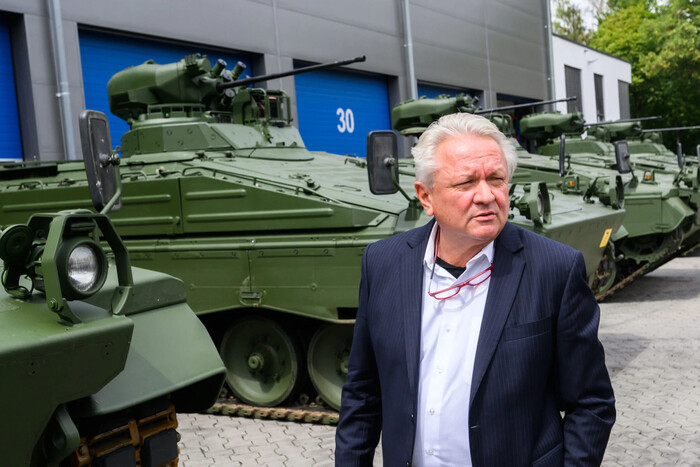
The second most important puzzle is related to the possibility of Ukraine achieving technological advantages through independent efforts. Since those advantages, alongside the technological separation from hostile Russia as a long-term goal, are the exclusive guarantee of the state's security.
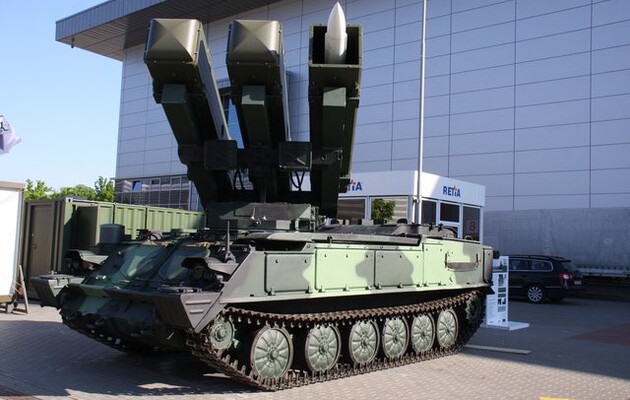
The central problem in 2023 remained the administration of the defense-industrial complex, or rather, the choice of the optimal model. For the first time in the history of Ukraine, the year 2023 became a year of high level of attention of the authorities to the defense-industrial complex, and the French Turgis & Gaillard Groupe followed the previously announced German Rheinmetall AG, British BAE Systems, and Turkish Baykar Makina’s arrival at the Ukrainian market.
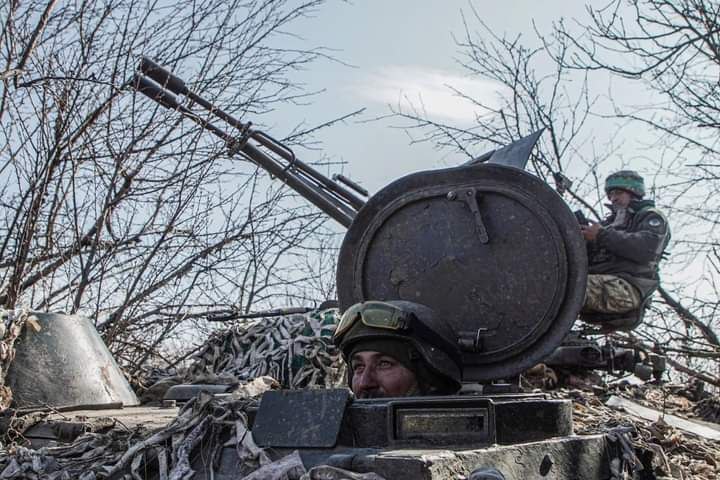
The first jointly-implemented work with American partners also came in sight. In particular, the USA, as part of the Franken SAM project, helped Ukraine modernize two types of SAM systems capable of launching Western missiles.
This experience comes in support of the high technical level of domestic developers.
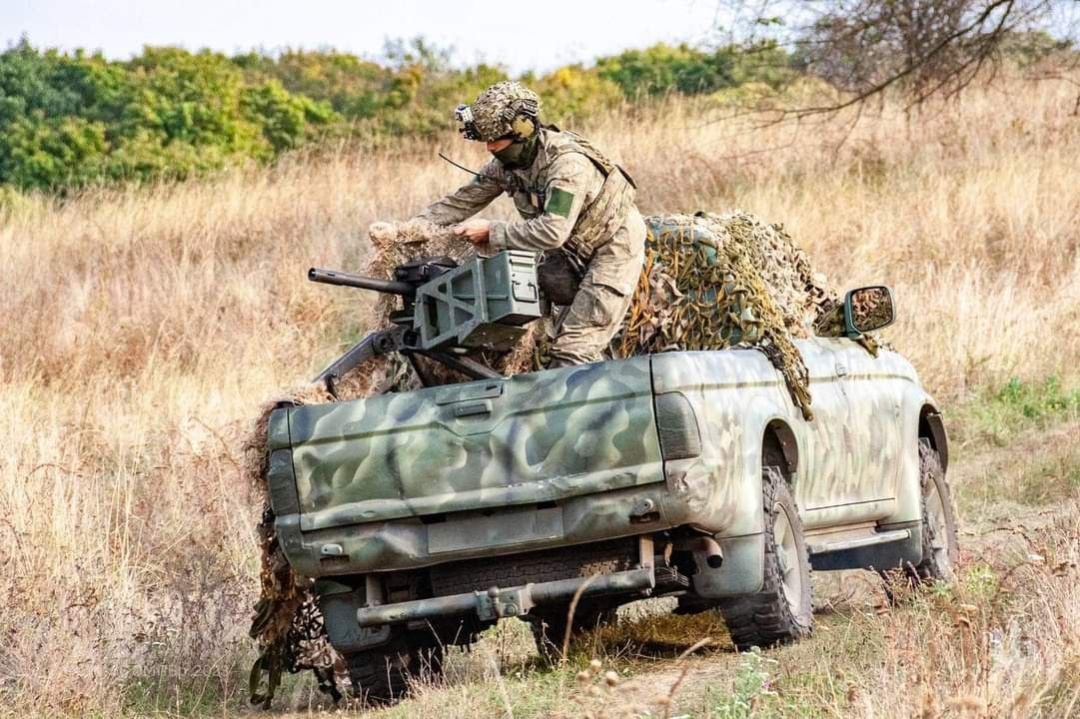
Finally, the third important paradigm is the actual success on the battlefield. The solutions of the first two riddles are just subordinate to this, the main third one. Ironically, it is the tactical military successes of 2023 that can offer a strategic advantage in 2024. And no matter how fantastic it sounds, it is the military-industrial successes of Ukraine in 2024, the effective military-technical cooperation taken into account, that can ensure the strategic victory of the future. The authorities of Ukraine should resolve a number of issues regarding the strengthening of the Armed Forces.
It is hardly an exaggeration to state that the key problem of 2023 remained the issue of service motivation. While the state maintains a consistently high level of trust in the army (that is, in the Defense Forces), the issue of motivation to serve is not so simple. In mid-October 2023, the Ministry of Defense reported that hundreds of thousands of citizens were trying to avoid mobilization, and the military department intended to settle this issue. However, it is unlikely that any regulatory efforts will be effective without radical measures, such as the equality of duties of all citizens with a clear, transparent definition of limits, conditions and responsibilities. This should refer to well-off citizens, former deputies and officials, and especially to their relatives. For, if in the first days of the Russian large-scale attack Ukrainians demonstrated a fabulous level of motivation, then during the 18 months of intense, bloody war, it appreciably went down. Major improvements are needed in the manning system -- a more clearly defined correlation between motivation for service and public administration, greater financial incentives, not only during service, but also for service veterans. This includes, among other things, the requirement to make the appointment to higher positions of state administration dependent on service in the Defense Forces. There is a need for efficient performance of work by all authorities as to reducing the opportunities for evasion and imposing tougher penalties for those who try to profit from it. If social networks openly attempt to sell "white tickets", offer assistance to those who shirk their military duty by fleeing abroad, this is a very clear signal to the authorities about the need to improve the system. Another uncertain point is the rights and powers of the mobilized servicemen. Besides, an independent oversight is also a must. Especially, legislative appointment of independent inspectors and the chief military inspector, who will not be subordinate to the Minister of Defense or the Commander-in-Chief of the Armed Forces.
It is essential to recognize that at the border of 2023-2024, a number of events may take place that can negatively affect Ukraine's prospects in 2024. First of all, if the war in Israel is prolonged and escalated, it can significantly affect the potential of Ukraine -- from the risks of the Hezbollah
It is essential to recognize that at the border of 2023-2024, a number of events may take place that can negatively affect Ukraine's prospects in 2024. First of all, if the war in Israel is prolonged and escalated, it can significantly affect the potential of Ukraine -- from the risks of the Hezbollah movement entering the war to strikes by Iran or even to Iran’s direct participation in a regional war. Similarly, events in the USA can have a negative impact -- from the restrictions of the Pentagon and the presidential administration to the "return of Trumpism". A large-scale activation of the entire "axis of evil" cannot be excluded either. But we all have no right to forget even for a moment, our war is existential, that is, a war for the right to exist as a nation. Therefore, we must not only fight, but also quickly learn to successfully and comprehensively ensure this struggle with our own hands.
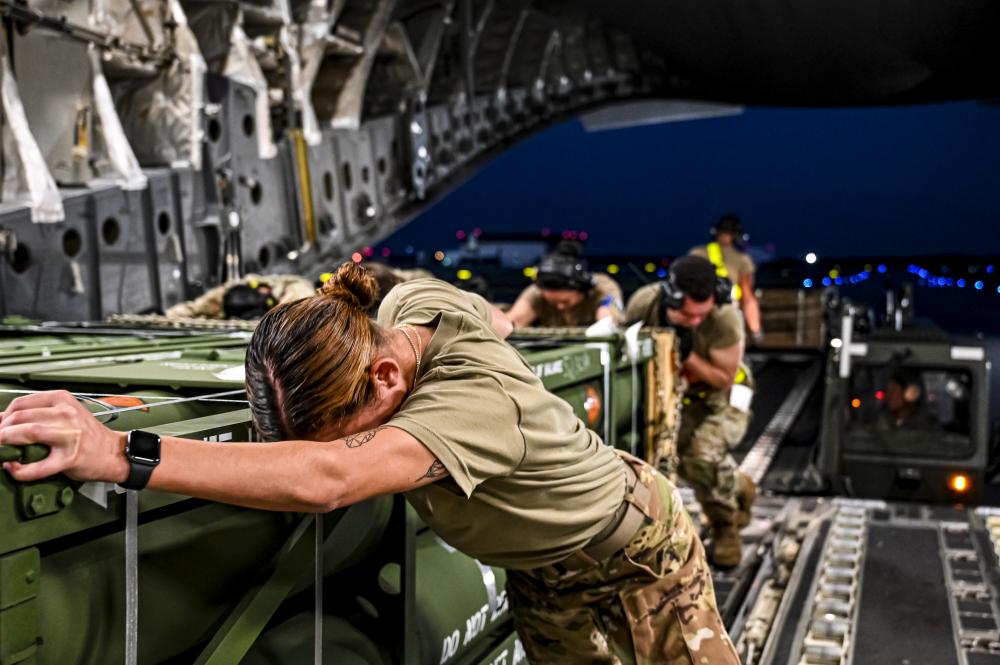
Uncertainty about long-term military and technical assistance from the US may force the military command to review offensive approaches and be prepared for the worst-case scenario. However, what will happen around Ukraine after such a long road to victory over the enemy should make the nation even more determined. And, in particular, lead to the answer: what can we ourselves do to win in perhaps the most difficult times?
We are convinced that the new conditions of the war should lead the authorities of Ukraine to accelerate the implementation of decisions regarding the continuous rise in the production of their own weapons. As well as strengthening the Armed Forces by improving the manning system. It will not be superfluous to prepare a number of defense lines and powerful fortifications (which has not been done before) -- on the territories already won back from the enemy. This will not be superfluous not only for 2024, but also for the next 5-10 years of coexistence with the enemy state, which will certainly strive for the complete destruction of the Ukrainian state. In general, for the survival and development of the Ukrainian nation, it is urgently necessary, like Israel, to put the issue of increasing the defense potential and scaling up military capabilities at the very center of society and the state.
Volodymyr Horbulin, first vice-president of the National Academy of Sciences of Ukraine, academician
Valentyn Badrak, director of the Army Center for Research, Conversion and Disarmament

